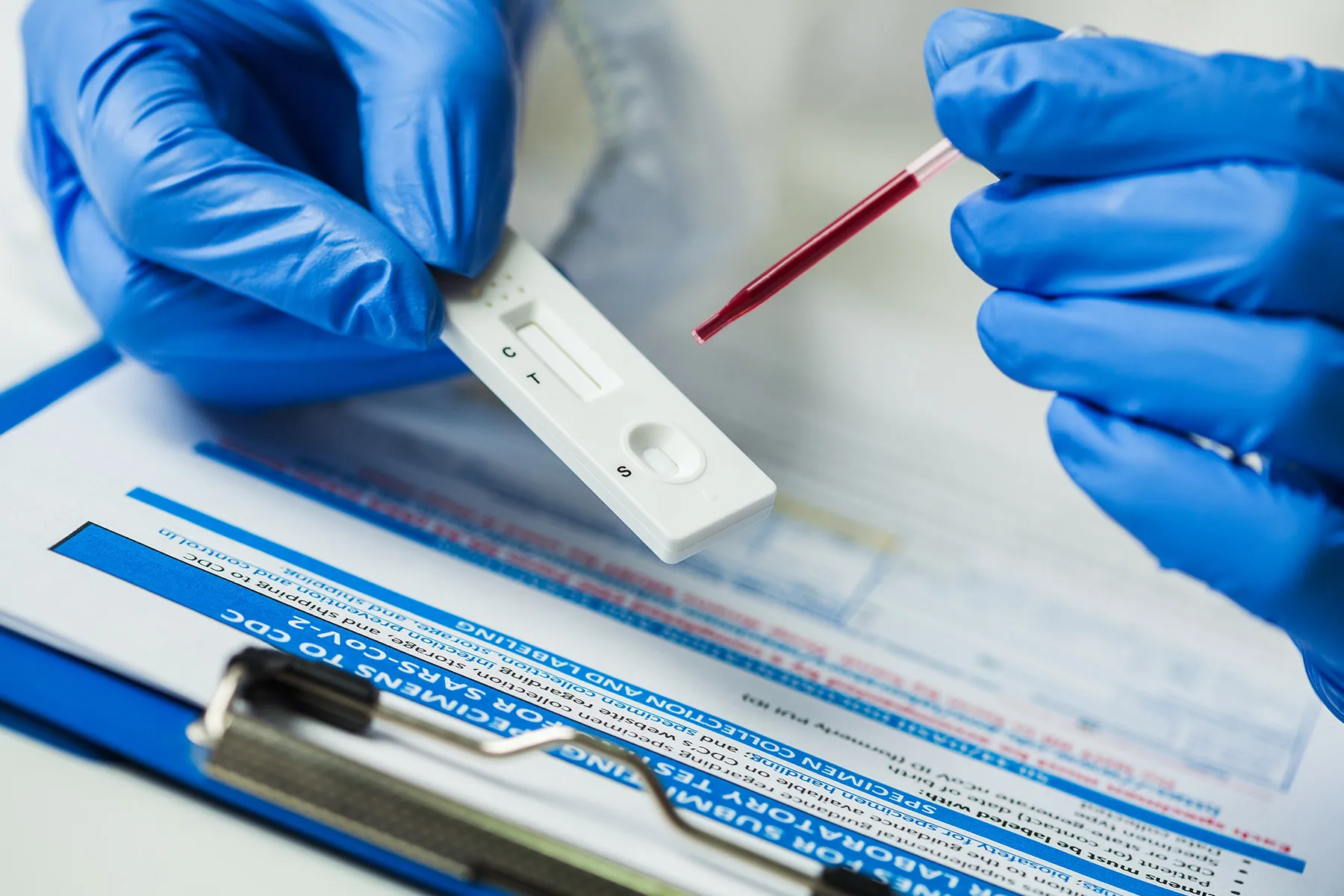Jan. 23, 2024 – You’ve obtained the signs, however your check for COVID-19 is not optimistic. You’re not alone.
JN.1, the now-dominant variant that accounts for almost 86% of all circulating SARS-CoV-2 strains, might take longer to point out a optimistic end result on dwelling antigen assessments.
Some infectious illness medical doctors and sufferers have reported that assessments taken days after signs seem flip up destructive, then a few days later are optimistic.
It’s triggered uneasiness in regards to the worth of the assessments. “Are the at-home assessments capable of detect JN.1?” tweeted one person on X, previously often known as Twitter, echoing considerations of others on social media.
Earlier than blaming the assessments for dropping effectiveness — or the variant for being too wily to be detected — infectious illness specialists provide one other rationalization: our smarter-than-in-2020 immune methods. Additionally they level to a research revealed in September that discovered many sufferers aren’t getting a optimistic check till 4 days after an infection.
Our immune methods are getting stronger, mentioned Peter Chin-Hong, MD, an infectious illness specialist and professor of medication at College of California, San Francisco, College of Medication. Because the pandemic has gone on and far of the inhabitants has gotten pure infections, vaccines, or each, “we’re getting alerted earlier that the enemy is within the physique. It’s extra associated to time relatively than to the variant,” he mentioned.
Which means we might really feel sick earlier from COVID now in comparison with earlier within the pandemic.
In March 2020, everybody was naive immunologically, he mentioned, and “it took a while for the physique to acknowledge the virus.” Now, only a little bit of virus might set off an alarm by the immune system, with signs displaying up rapidly. As of late, he mentioned, “chances are you’ll now really feel sick at day zero as an alternative of day 5.” Nonetheless, if you check throughout the first few days, there will not be a really excessive stage of virus, so the house check, much less correct than the less-available PCR assessments, most likely gained’t be optimistic.
Chin-Hong says he doesn’t suppose, nevertheless, that future variants will stretch out that lag time a lot additional.
‘New Regular’ Not Model New
These “delayed positives,” as others time period them, have occurred with different variants. Because the inhabitants has gained immunity to as a result of pure infections, vaccinations, or each, the viral load does peak later, explaining the lag time that may happen on dwelling check outcomes, based on the September report within the journal Medical Infectious Illnesses.
“In our research we noticed that in a extremely immune grownup inhabitants (91% had a historical past of vaccination, pure an infection, or each), concentrations of viral RNA and antigen in nasal swab samples had been highest across the fourth day of signs,” mentioned researcher Nira Pollock, MD, PhD, affiliate professor of pathology and medication at Harvard Medical College.
For that purpose, the sensitivity of dwelling assessments could be anticipated to be highest across the fourth day of signs, she mentioned, though many individuals with signs may check optimistic earlier.
Within the research, Pollock and her colleagues evaluated nasal swab samples from 348 individuals who had examined optimistic by PCR testing for COVID, measuring the concentrations within the pattern after which estimating the anticipated sensitivity to dwelling testing. The assessments had been achieved from April 2022 to April 2023, effectively earlier than the JN.1 variant was first detected within the U.S. in September 2023.
Dealing with the ‘New Regular’
How you can deal with the lag time?
The CDC advises testing instantly in case you have signs. If a house check is destructive, retest after 48 hours or get a PCR check. It recommends ready 5 days after publicity to check in case you don’t have signs, then both check at dwelling once more in 48 hours in case your first check was destructive, or get a PCR check. Those that don’t get the PCR ought to repeat the house antigen check a 3rd time after one other 48 hours. Take into account, nevertheless, that PCR assessments achieved at a lab are now not free.
The analysis shouldn’t discourage testing, Pollock mentioned.
“Individuals ought to proceed to check as quickly as they’ve signs,” she mentioned. In the event that they check optimistic, that info is essential for making therapy and different selections, she mentioned. The secret’s that folks must know that one check is just not sufficient. However she acknowledged that repeat testing is each difficult and expensive.
In keeping with Chin-Hong, the testing selections are private and will depend upon an individual’s entry to assessments. “When you have restricted assessments, I might most likely not examine instantly [after symptoms occur] however wait and put on a masks.” However he acknowledged that some, together with older adults and anybody who’s immunocompromised, might need to check earlier and extra typically, as they need to know their standing earlier relatively than later.


